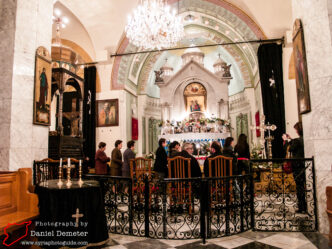
Aleppo – Armenian Orthodox Church of Forty Martyrs حلب – كنيسة الأربعين شهيدا للأرمن الأرثوذكس
An Armenian presence in the city of Aleppo (حلب) dates back to the short-lived Armenian Empire in the 1st century BC. Armenians …

An Armenian presence in the city of Aleppo (حلب) dates back to the short-lived Armenian Empire in the 1st century BC. Armenians …
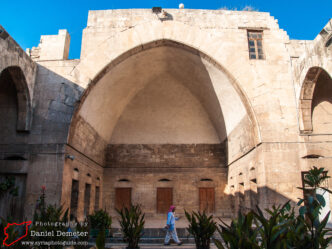
al-Fardous Mosque (جامع الفردوس), also known as Madrasa al-Fardous (مدرسة الفردوس), is one of the most attractive Islamic sites in the city …
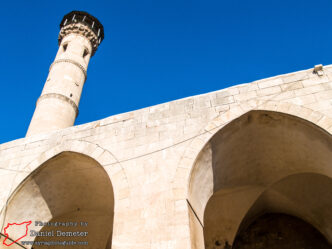
al-Rumi Mosque (جامع الرومي), sometimes referred to as Mankali Bagha Mosque (جامع منكلي بغا), was constructed in 1365 under Seif al-Din Mankali …
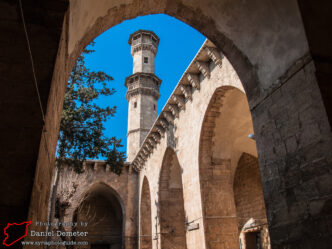
al-Atroush Mosque (جامع الاطروش) is one of the finest Mamluk-era mosques in the old city of Aleppo (حلب). Construction of the mosque …
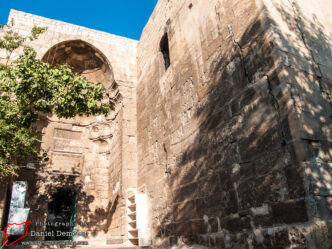
Mashhad al-Saqat (مشهد السقط), located on the eastern slope of Jebel Joushan (جبل جوشن) in the west of Aleppo (حلب), is an …
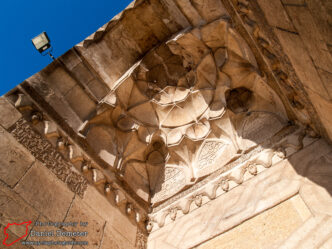
al-Naqteh Mosque (مسجد النقطة), located on the eastern slope of Jebel Joushan (جبل جوشن) in the west of Aleppo (حلب), is an …
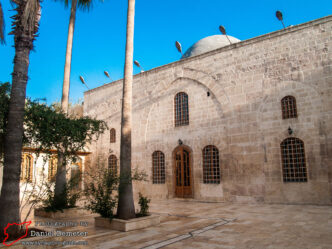
Construction of al-Sultaniyeh Mosque (جامع السلطانية) began under al-Zahar Ghazi Bin Salah al-Din al-Ayoubi (الظاهر غازي بن صلاح الدين الايوبي), the Ayyubid ruler …
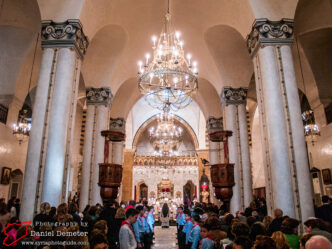
The Greek Catholic Church of Our Lady (كنيسة السيدة للروم الكاثوليك) is one of the largest churches in the historic Jdeideh (جديدة) …
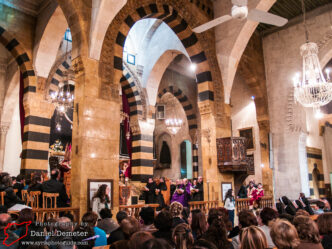
The Armenian Catholic Church (كنيسة الأرمن الكاثوليك) is located on the northern side of Farhat Square (ساحة فرحات) in the historic Jdeideh …
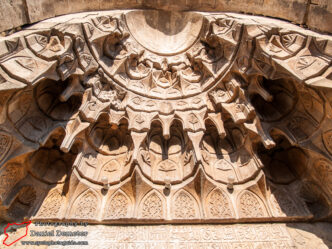
al-Tuashi Mosque (جامع الطواشي) was constructed in 1372 under Safi al-Din Jouhar al-Alaai al-Tuashi (صفي الدين جوهر العلائي الطواشي), a local Mamluk …